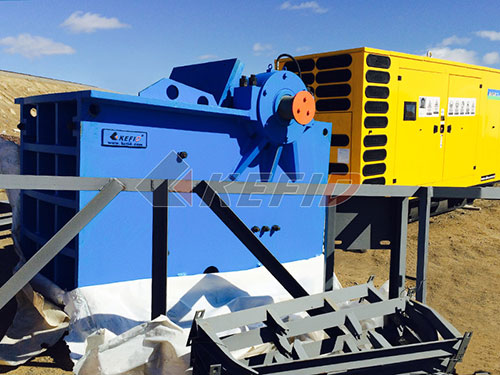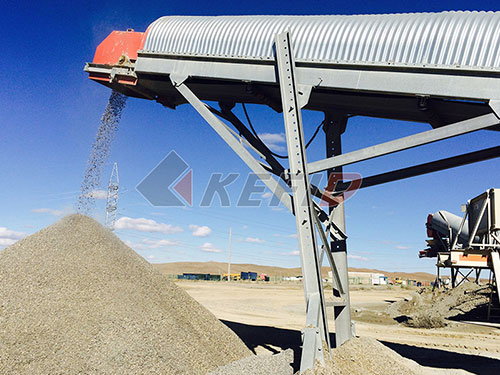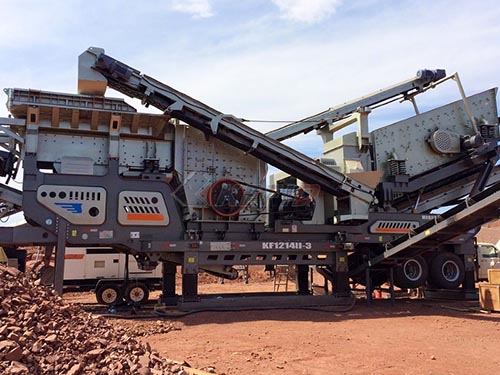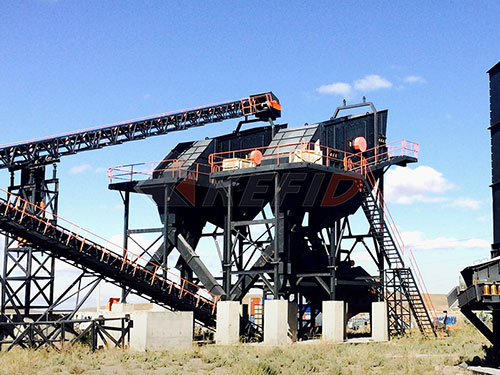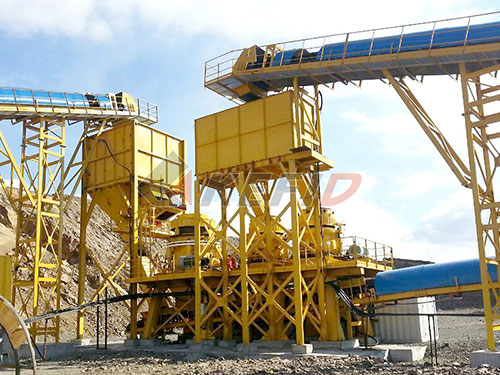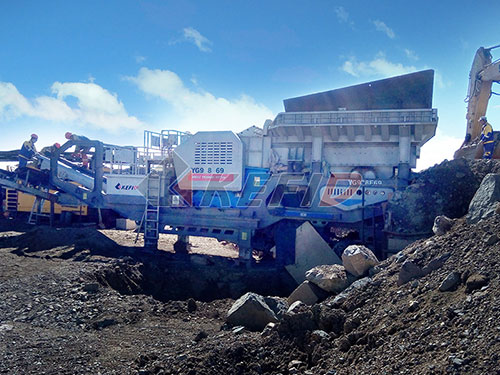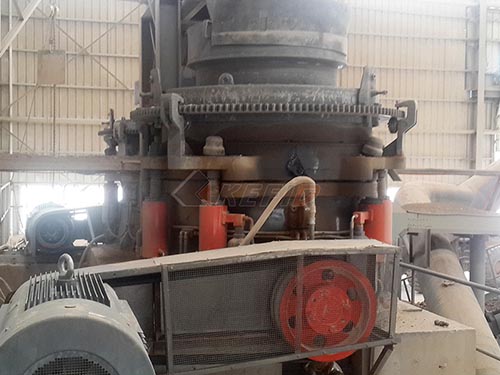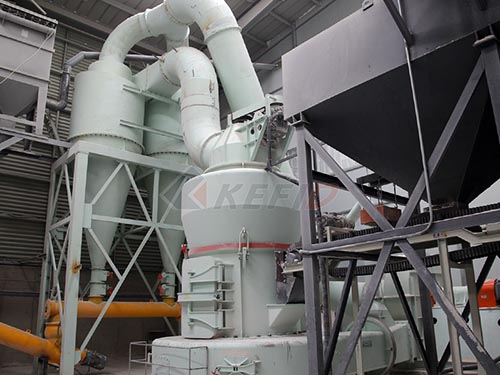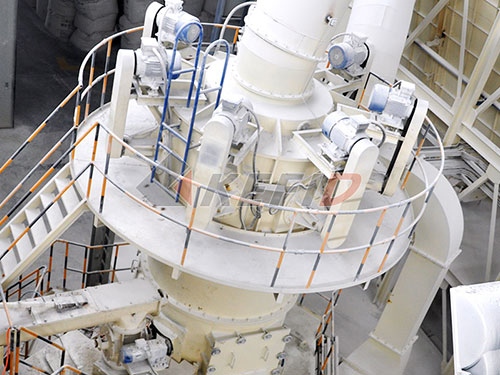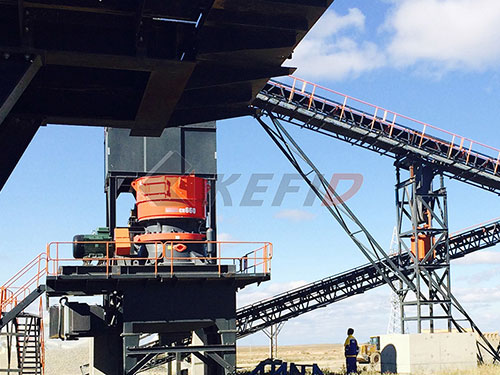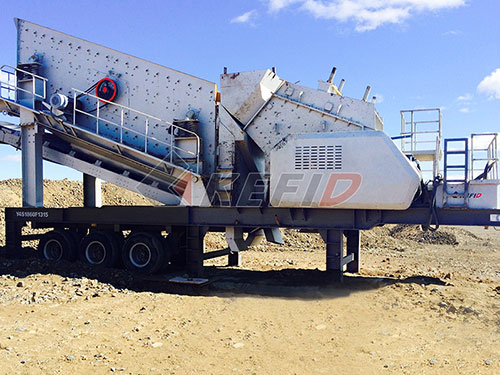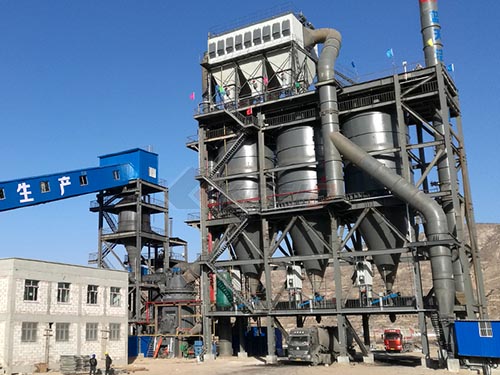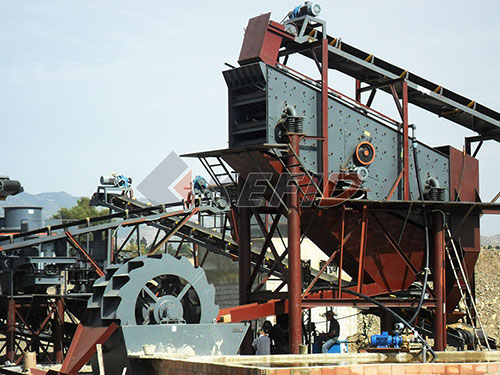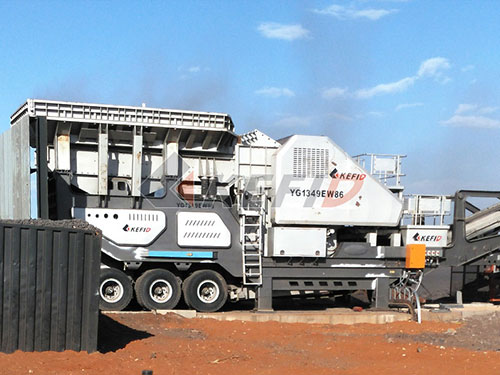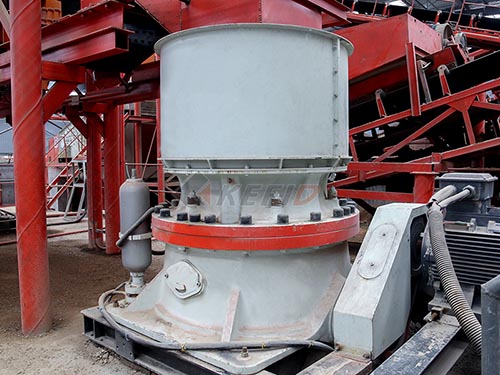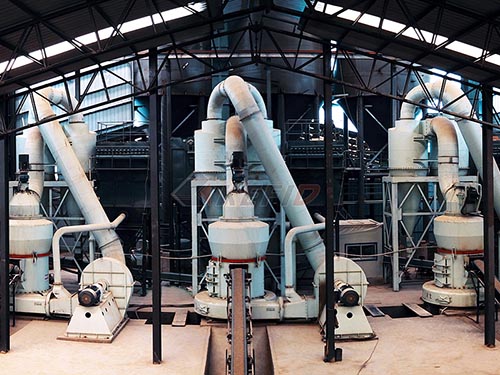Georgia’s Foundation: The Critical Role of Grinding, Crushing & Screening Services
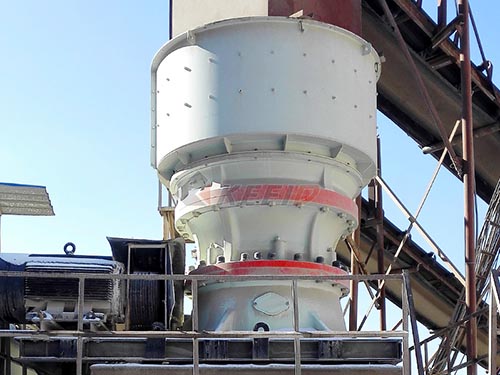
Georgia’s landscape, from the rugged Appalachian foothills to the bustling coastal plains, is built on rock and aggregate. The state’s growth – driven by construction, infrastructure development, and industrial projects – relies heavily on the efficient transformation of raw materials into usable products. This is where specialized Grinding, Crushing, and Screening Services become indispensable partners for contractors, developers, quarries, and municipalities across the Peach State.
These mobile services bring industrial-scale processing power directly to the job site or material source, offering unparalleled flexibility and efficiency compared to fixed plant operations. Here’s how they form the bedrock of Georgia’s development:
1. On-Site Crushing: Turning Waste into Resource: Imagine mountains of concrete rubble from a demolition project in Atlanta or Savannah. Instead of costly hauling to distant landfills (and paying tipping fees), mobile crushers arrive onsite. Powerful jaws or impactors efficiently reduce this debris into valuable recycled concrete aggregate (RCA). This RCA meets strict specifications for use as a stable base layer under new roads, parking lots, or foundations – significantly reducing project costs and environmental impact by reusing materials locally. Similarly, blasted rock from a quarry face or a road cut through North Georgia granite can be processed immediately into various sizes of clean stone.
2. Precision Screening: Sorting for Perfection: Crushed material is rarely ready for immediate use straight from the crusher. Mobile screening plants are deployed to meticulously separate particles by size using vibrating decks equipped with different mesh screens. This process is crucial:
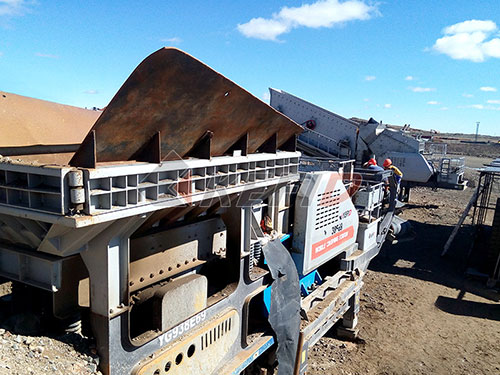
Creating Specific Products: Separating material into distinct grades like 57 stone (for drainage and concrete), crusher run (for base layers), or finer aggregates for asphalt mixes or landscaping.
Removing Contaminants: Screens effectively remove unwanted fines (“dust”) that can compromise compaction or separate oversized rocks that need recrushing.
Quality Control: Ensuring every load meets precise project specifications for gradation and cleanliness.
3. Grinding & Milling: Refining Materials for Specialized Uses: For applications demanding finer particles or specific material properties, grinding services step in. Wood grinders turn cleared timber, storm debris (a frequent necessity in Georgia), pallets, and brush piles into valuable mulch or biomass fuel. Soil stabilizers grind existing road bases mixed with binding agents to create stronger subgrades without importing new material.
Why Choose Mobile Services in Georgia?
